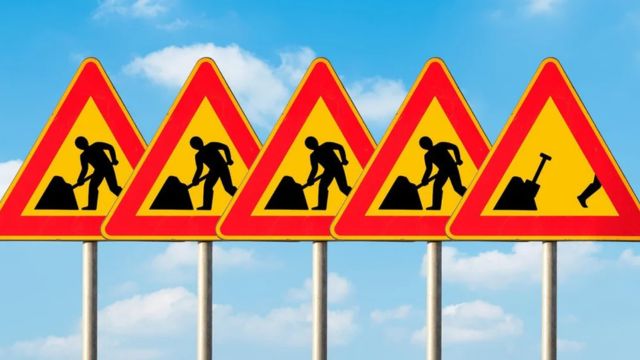In the quest for economic equality and workers’ rights, the topic of minimum wage increases often takes center stage, promising to uplift the livelihoods of countless workers. However, the ripple effects of such policy changes can sometimes lead to unforeseen negative impacts, particularly on the very workforce these measures aim to help.
During a layover at the Minneapolis-Saint Paul airport, a firsthand experience with a bank of self-serve kiosks instead of human cashiers at McDonald’s highlighted a growing trend: the rise of automation as a direct response to increased labor costs.
This scene is becoming increasingly common in regions where minimum wage hikes are implemented as a means to artificially raise the cost of employment, driving businesses to seek cost-effective solutions like automation. The transition towards machines over human workers exemplifies the unintended side effects of government intervention in the labor market.
Brian Wesbury, Chief Economist at First Trust Advisors, criticizes this approach, suggesting that the government’s efforts to fix a non-issue disrupt the natural market dynamics, ultimately harming the workforce it intends to protect. This sentiment is mirrored in Minneapolis, where the mandated $15.57 hourly minimum wage, significantly above the federal minimum, has led employers, including those at the airport, to offer comparable wages to attract workers.
This situation has extended its impact to companies like Uber and Lyft, which have decided to exit the city citing unsustainable operations due to the mandated wage increases, consequently stripping thousands of jobs and leaving residents without essential transportation services.
The case of California further compounds the debate. The state’s decision to enforce a $20 per hour minimum wage for fast-food workers at large chains, championed by Governor Gavin Newsom, has been met with considerable backlash from the business community. The response from businesses has been predictably adverse, with plans for layoffs and operational adjustments to navigate the increased labor costs.
This policy has sparked a discussion on the actual benefits of such wage hikes, as they pose a threat to the very existence of entry-level jobs, traditionally seen as gateways for inexperienced workers into the labor market.
Moreover, the narrative around government intervention does not stop at minimum wage increases. The push for a 32-hour work week by Senator Bernie Sanders, while appealing on the surface, underscores the complex dynamics between government policies, the labor market, and the broader economy.
Such proposals, though well-intentioned, often overlook the practical adjustments businesses would need to make, potentially leading to reduced productivity, increased operational costs, and higher consumer prices.
The experiences and policies from Minneapolis and California serve as critical case studies in the broader debate on minimum wage increases and government intervention in the labor market. While the intention behind these policies is to improve the living standards of workers, the real-world outcomes suggest a need for a more nuanced approach that considers the complex interplay between wage policies, employment opportunities, and economic sustainability.
In essence, the pursuit of economic equality and improved worker rights is a noble one. However, the journey towards these goals is fraught with challenges and unintended consequences that require careful consideration and a balanced approach.
The lessons from Minneapolis and California highlight the importance of fostering an environment where the private sector can thrive without excessive government intervention, ensuring that policies do not inadvertently harm those they aim to help.

